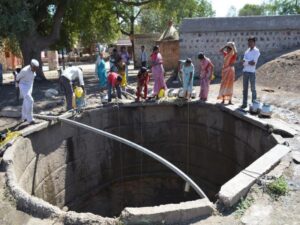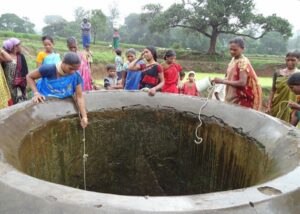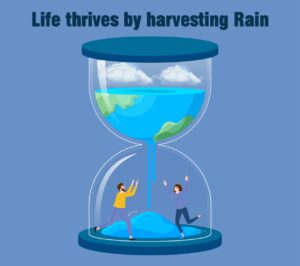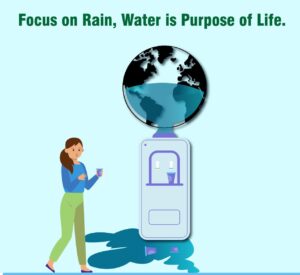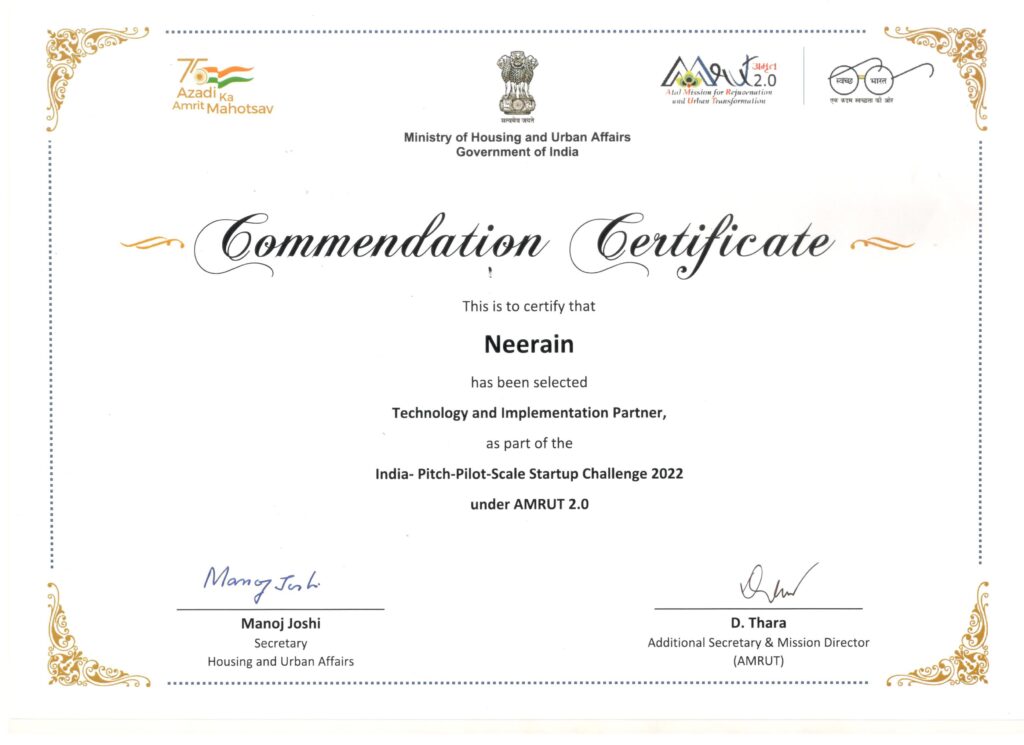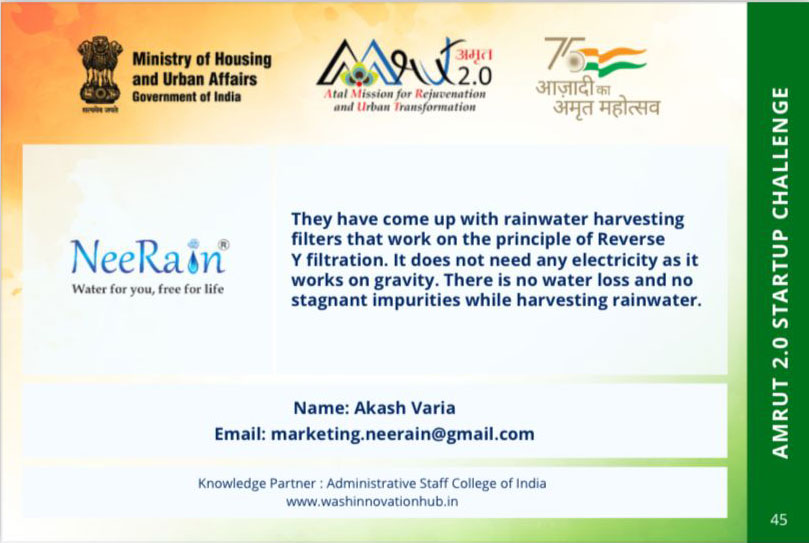India faces daunting water security challenges. The demands of a rapidly industrializing economy and urbanizing society come at a time when the potential for augmenting supply is limited and water issues have increasingly come to the fore. While India hosts approximately 17 percent of the world’s population, it holds only about four percent of its required annual water resources.
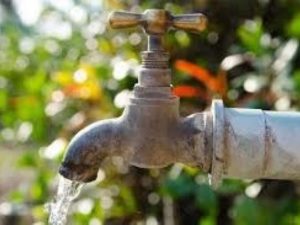 Photo courtesy: Adobe stock
Photo courtesy: Adobe stock
India faces daunting water security challenges. The demands of a rapidly industrializing economy and urbanizing society come at a time when the potential for augmenting supply is limited and water issues have increasingly come to the fore. While India hosts approximately 17 percent of the world’s population, it holds only about four percent of its required annual water resources.
In India, more than 600 million people are facing an acute water shortage. About three-quarter households do not have a drinking water facility. Currently, India ranks 120th among 122 countries in the water quality index. By 2030, India’s water demand is expected to be double to that of supply that implies not only water scarcity for numerous people but also a loss of around 6 percent to GDP. This underscores the need for strategic interventions to promote water use efficiency, both at the micro and macro level.
India Inc is an important stakeholder in India’s sustainability story. It also accounts for substantial water use. Various sectors of the industry are competing to use limited water resources that put pressure on the available supply of water and groundwater resources. The UN’s World Water Assessment Program warns of the stark implications, such as lack of freshwater resources on economic prosperity and security.
WATER TREATMENT/OPPORTUNITIES AND REUSE
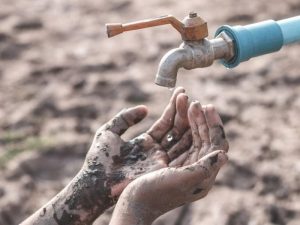 Photo courtesy: Shutterstock
Photo courtesy: Shutterstock
India Inc has taken cognizance of the magnitude of the water crisis and the role they can play to mitigate it. The corporate should see it as the shared responsibility of companies across sectors to join hands with communities and governments to work on programs for water conservation, recharge and wastewater treatment. On the lines of minimizing the carbon footprint, corporate should also incorporate water management not only as its CSR goals but as a component of its business goals and sustainability plan.
Experts should converge and deliberate on establishing a sustainable water management strategy that will serve as the guideline for the entire industry. They should focus on optimization of water usage for industrial purposes, omitting outdated processes and technology and adoption of suitable recycling practices.
Water forms an intrinsic component of manufacturing cycles of the industry. Corporate has to be mindful of achieving sustainable water consumption while ensuring profitability and fulfilling their business goals.
The role of technology and research and development in encouraging the best water conservation techniques cannot be underestimated. New-age technologies such as smart irrigation systems with ICT and remote sensing are potent tools to encourage water conservation. The onus should be on corporate to foster innovation come up with out of the box solutions as they possess the necessary resources and expertise.
The corporate can also play an instrumental role in devising mass awareness campaigns and information dissemination educating farmers and common populace on the need to use water judiciously.
Equally important is the role of information sharing and collaboration among companies that will encourage the mapping of goals against achieved targets and improvise water management practices. Sharing of technological innovations offer a useful path to greater, mutually beneficial cooperation.
The comprehensive assessment of water requirement and usage by the corporate is essential to facilitate informed policy-making by the government and plugging the loopholes in the policy framework on water.
India Inc must gear to adopt water management on a priority that would enable the entire country to benefit from it through genuine and open collaboration.
Neerain is proud to republish this article for spreading awareness about situation of water, for our stakeholders. Credit whatsoever goes to the Author.
This article is published by: –
We would like to spread this for the benefit of fellow Indians.
Author: Dr. Puneet Gupta
Publish On: June, 2020

 This Wikipedia entry is not just a testament to our hard work but a testament to the power of a united community. You, our incredible patrons, clients, and well-wishers, have stood by us through thick and thin, celebrating our triumphs and sharing our challenges. Your constant support has been a source of strength, motivating us to keep innovating, creating, and striving for the best.
This Wikipedia entry is not just a testament to our hard work but a testament to the power of a united community. You, our incredible patrons, clients, and well-wishers, have stood by us through thick and thin, celebrating our triumphs and sharing our challenges. Your constant support has been a source of strength, motivating us to keep innovating, creating, and striving for the best.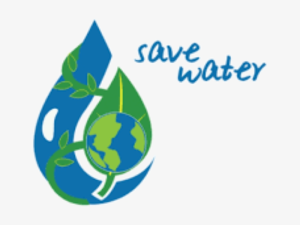 Photo courtesy: Nicepng
Photo courtesy: Nicepng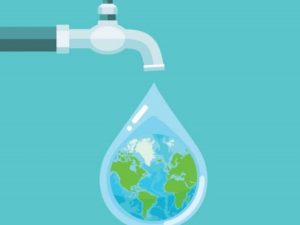
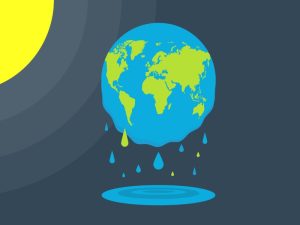 Photo Courtesy: Shutterstock
Photo Courtesy: Shutterstock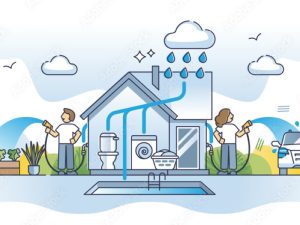
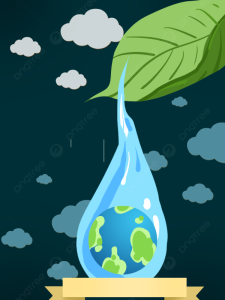
 The land around Delhi’s Indira Gandhi International Airport has sunk dramatically over the years. Photo Courtesy: Rehman Abubakr
The land around Delhi’s Indira Gandhi International Airport has sunk dramatically over the years. Photo Courtesy: Rehman Abubakr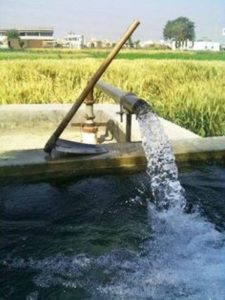 Photo Courtesy: Pinterest
Photo Courtesy: Pinterest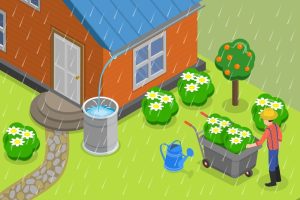 Photo Courtesy: Adobe Stock
Photo Courtesy: Adobe Stock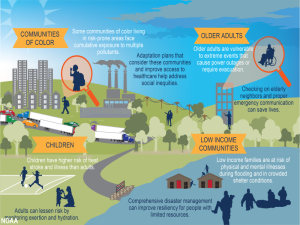 Photo courtesy: National Oceanic and Atmospheric Administration
Photo courtesy: National Oceanic and Atmospheric Administration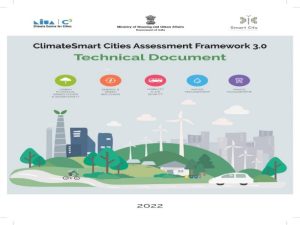
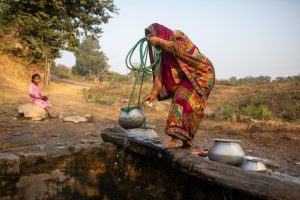 Photo courtesy: down to earth
Photo courtesy: down to earth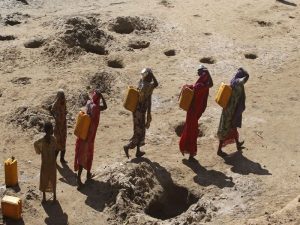 Photo courtesy:scroll.in
Photo courtesy:scroll.in